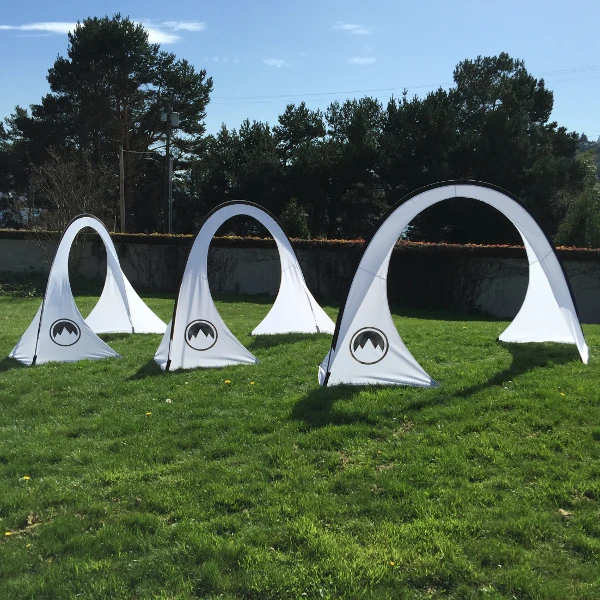

When these atoms bounce around the tube they collide with each other, raising the energy levels contained within the neon molecules. These ions and electrons then spread themselves throughout the entire tube effectively ensuring that the gas fills the tube in its entirety. However, by passing an electric current through the tube with kinetic energy, the atoms in the molecules of the neon become excited and release electrons into the gas. Because of this, neon can be placed into a sealed tube, where it will start to drift around without causing any pressure build-up.


In 1923, Packard motors immediately commandeered two of the inventor’s early neon signs and began to use them for advertising purposes. Thus, the idea of neon signage was born.Īs neon is an inert (or noble) gas, meaning that it is a naturally unreactive element within the Earth’s atmosphere and can be easily stored. However, Georges Claude furthered this by discovering that neon gases (when combined with other elements and fed with electrical charges) could display a variety of bright, colourful lights when an electrical discharge was applied to a sealed tube of neon gas.Ĭlaude displayed the first neon lamp that he created to the general public an expo in Paris in 1910, before patenting the neon lighting tube in 1915 for commercialisation. The first tube to contain neon was made for a scientific study into applying electrical discharges to different gases and various other substances. They discovered microscopic quantities of the gas occur naturally in our atmosphere. Who invented neon signs?Ī French inventor, Georges Claude, invented neon signs in 1910 but neon itself was actually discovered in 1898 in gas form by William Ramsay and Morris Travers.

With that in mind, we’ve compiled some interesting facts about neon, and how it’s use for signage has developed over the years. There’s something about neon that really attracts the attention of passers-by, young and old and says “Hey, come in, see what we’re doing!” However, not everyone knows what causes the neon to glow so brightly, and how it can emit different colour light. Neon signs are cool, there’s no doubt about it.


 0 kommentar(er)
0 kommentar(er)
